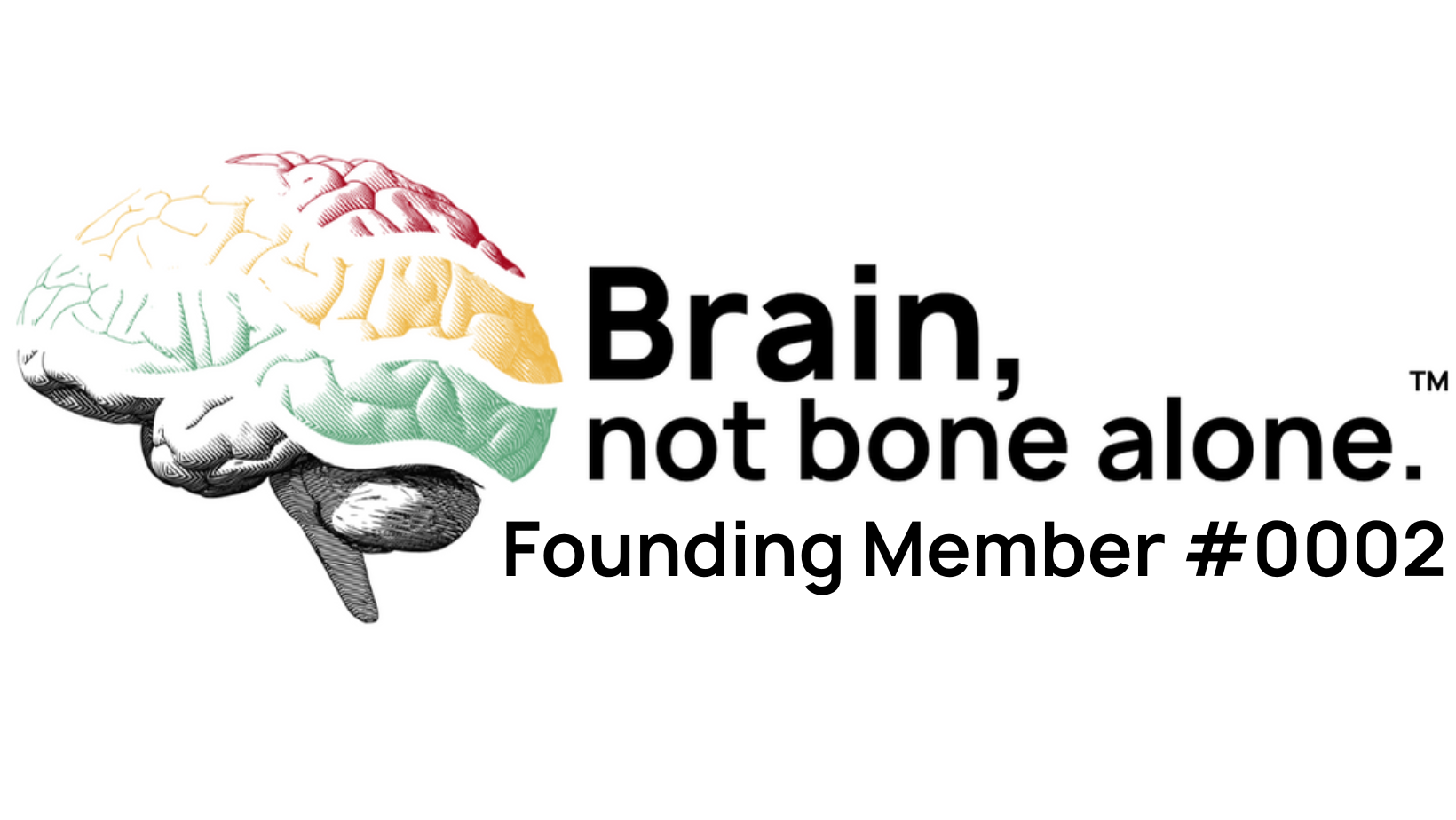Blog

The Graston Technique
Introduction:
The Graston Technique is a specific kind of manual therapy, also known as soft-tissue instrument-assisted mobilization. It stands out among various manual therapy techniques for its unique use of specially designed tools to perform a type of massage or scraping on the skin.

This method is aimed at detecting areas of tightness and breaking down scar tissue.
A range of healthcare professionals practice the Graston Technique, including chiropractors, osteopathic physicians, physical therapists, occupational therapists, and some licensed massage therapists and athletic trainers.
The therapy's overarching goals include diminishing pain and enhancing mobility through strategies such as:
Dismantling scar tissue and fascial constrictions linked to soft tissue trauma (for example, muscle strains or sprains of ligaments, tendons, or fascia).
Alleviating restrictions by elongating the connective tissue, aiming to modify the structure of the soft tissue in focus (such as muscles, fascia, tendons, ligaments).
Encouraging a conducive healing environment for the damaged soft tissue.
The technique is also known for its neurological benefits, akin to those observed with other manual therapies. Research indicates that manual or instrument-assisted soft tissue mobilization (IASTM) activates specific nerve fibers and the body’s proprioception mechanisms, including mechanoreceptors and proprioceptors, which react to these therapeutic interventions.
Potential Advantages of Graston Therapy
Given that the back consists largely of muscles, fascia, ligaments, and tendons, injuries to these soft tissues are pivotal in the pain and dysfunction linked with back issues. Although they might seem minor, injuries like a strained back muscle or a torn ligament can lead to severe pain and movement challenges.
The Graston Technique provides several potential benefits for individuals with such injuries:
Shortening the overall duration of treatment
Accelerating rehabilitation and recovery
Minimizing reliance on anti-inflammatory medications
Addressing chronic issues previously thought to be irreversible
This treatment can be applied as a standalone approach or integrated with other therapeutic modalities.

